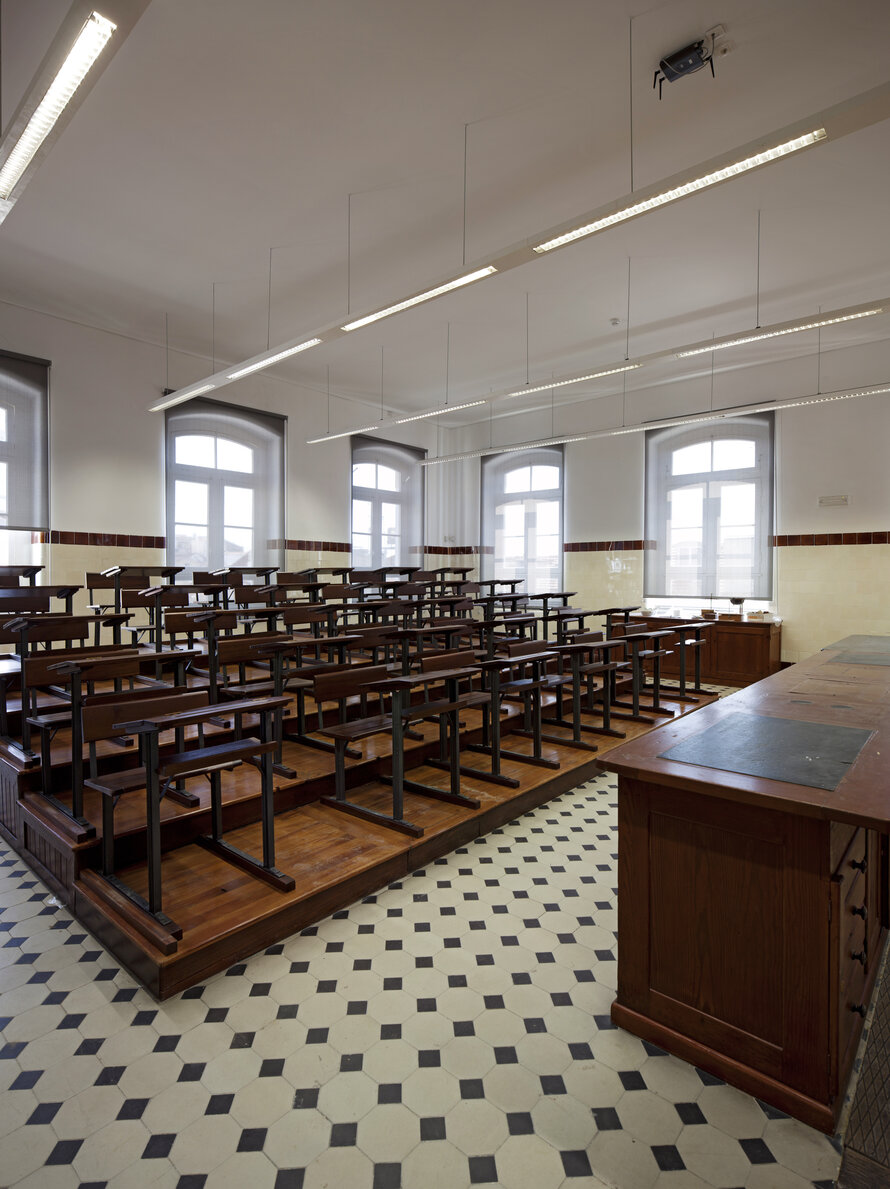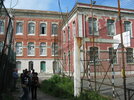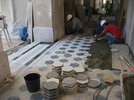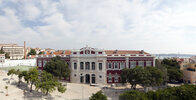Lyceum Passos Manuel, Lisbon
Lyceum Passos Manuel is the first secondary school building built in Portugal. It is part of a reduce number of school buildings built between the end of the 19th century and the beginning of the 20th century. Its cultural and historical significance can be perceived through its ...
Read more
Project details
| Title: | Lyceum Passos Manuel, Lisbon |
|---|---|
| Entr. year: | 2013 |
| Result: | Award |
| Country: | Portugal |
| Town: | Lisbon |
| Category type: | building conservation |
| Notes: | First secondary school building built in Portugal |
| Building type/ Project type: | education/research building |
| Former use: | Secondary school |
| Actual use: | Secondary school |
| Built: | 1882 - 1907 |
| Architect / Proj.leader: | Victor Mestre | Sofia Aleixo, Architects |
| The Jury's citation: | “The Jury’s comment on this project was that rebuilding would have been too easy! The social and cultural development of future citizens can be enhanced by learning in a historic environment. The work done in this school proves that the introduction of present-day infrastructure and the necessary facilities to implement contemporary learning can be perfectly compatible with historic fabric. It was noted that not only have the historic elements been beautifully refurbished and reused, but also that original furniture was retained, thus adding positively to the creative adaptation of the older school buildings to future needs.” |
| GPS: | 38°42'41,8" N; 9°8'59,6" W |
| Web, Links: | www.youtube.com/watch?v=mQCGmB3oBjk |
Description:
Lyceum Passos Manuel is the first secondary school building built in Portugal. It is part of a reduce number of school buildings built between the end of the 19th century and the beginning of the 20th century. Its cultural and historical significance can be perceived through its urban character, architectural and aesthetic value as well as its educational role with significant emotional value for many generations of students, teachers and staff. Initially designed in 1882, with a final scheme in 1907, it opened in 1911 and reached 2007 in need of rehabilitation due to its obsolete and physically degraded condition. The intervention was carried out between 2008 and 2010, as part of a wider national modernization programme aiming at providing 21st century learning environments. The actions of restore, conservation and extension kept its cultural significance with the minimum intervention possible and updated the building conditions to current educational needs.
Similar projects

15th-16th century
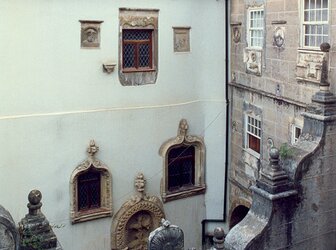
16th century

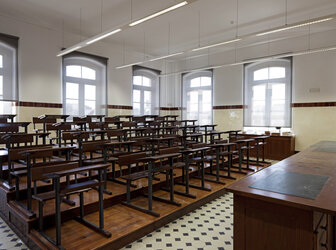
1882 - 1907
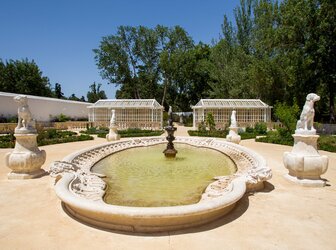
18th century

1809 - 1814
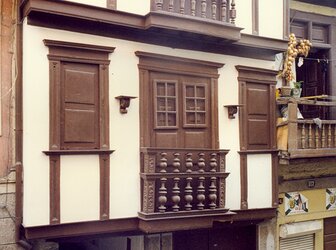
Middle Ages and 17th century
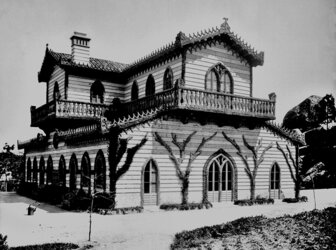
1864 - 1869
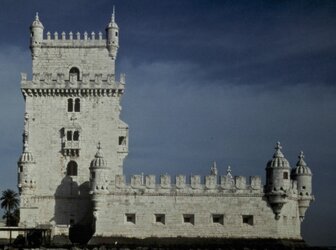
15th-16th century
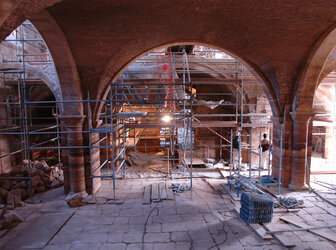
13th century
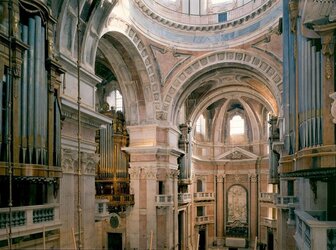
19th century
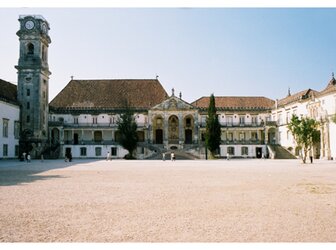
18th century
